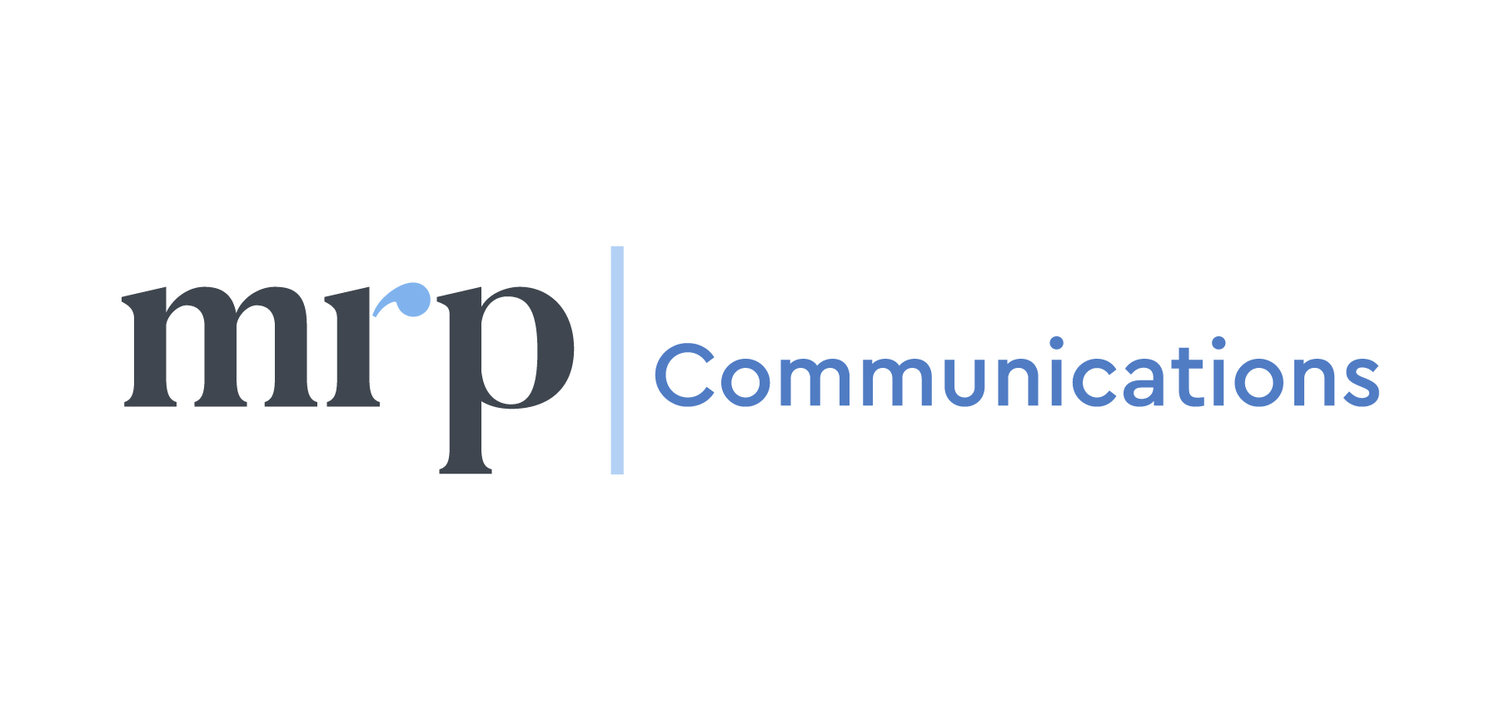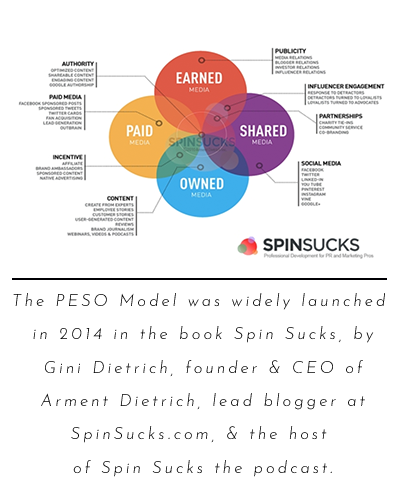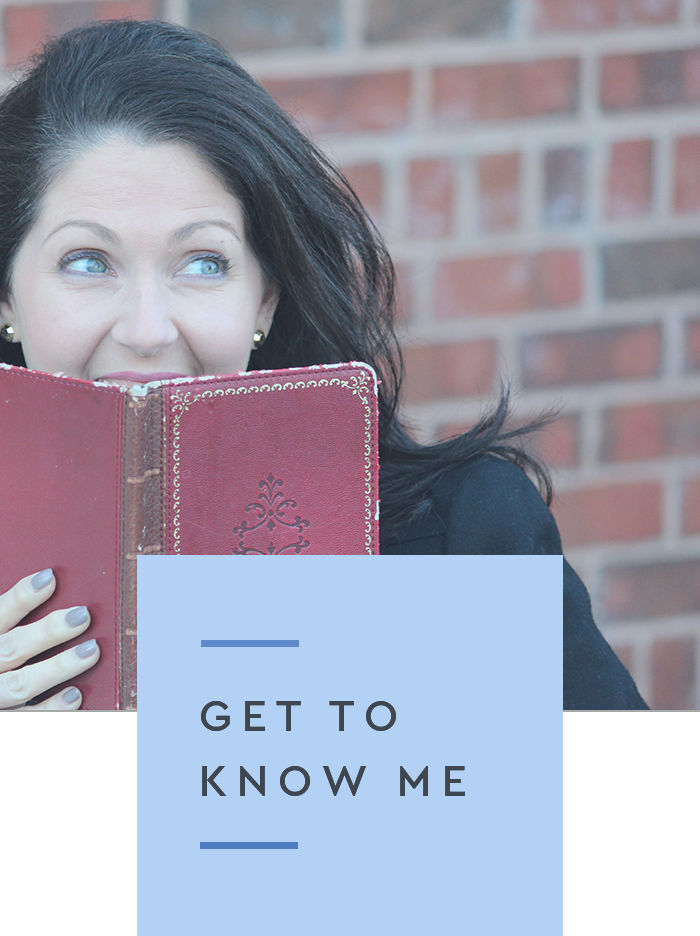Book Review: The Dutch House
/Photo: Bloomsbury publishing
What does HOME mean to you?
Is it a place? A group of people?
How does your home define who you are?
Who you want to be?
The Dutch House explores this sense of home and family through Danny and his older sister Maeve Conroy. Their bond as siblings is tested over and over again throughout their lives as they move physical homes and move back and forth between poverty and wealth.
Their relationships with their parents, their stepmom, their significant others, and their children shift their perspectives and their individual feelings about home – the home they grew up in, the homes they’ve made for themselves, and the homes they envision for their future.
At the core, they struggle with what to do when their childhood home, and a sense of entitlement and inheritance, is ripped from them. How do they recreate home for themselves? What kind of home are they entitled to? Will they ever be able to go back and to really feel at peace in their first home?
I thought this was an interesting story, highlighting the fine balance between people and place and what shapes who we really are inside. And while a place can influence our outlook and direction in life, it is the people and the relationships that will carry us through every moment that life throws at us.
Looking back, The Dutch House was not one of my favorite reads. I understood where Ann Patchett was trying to take me, but the language did not create that strong sense of place or connection to the Dutch House that I expected to feel. For me, the story was also a little difficult to follow, as it jumped around between time periods.
What really did make the book for me was Tom Hanks! His reading of the Audible book is incredible and adds a depth and emotion to the story that I really enjoyed.
























